“I’ve come to think that perhaps it doesn’t matter if fashion is art. Fashion can simply be fashion – it is beautiful, it is creative, and it is important – and I think that is enough.” –Colleen Hill
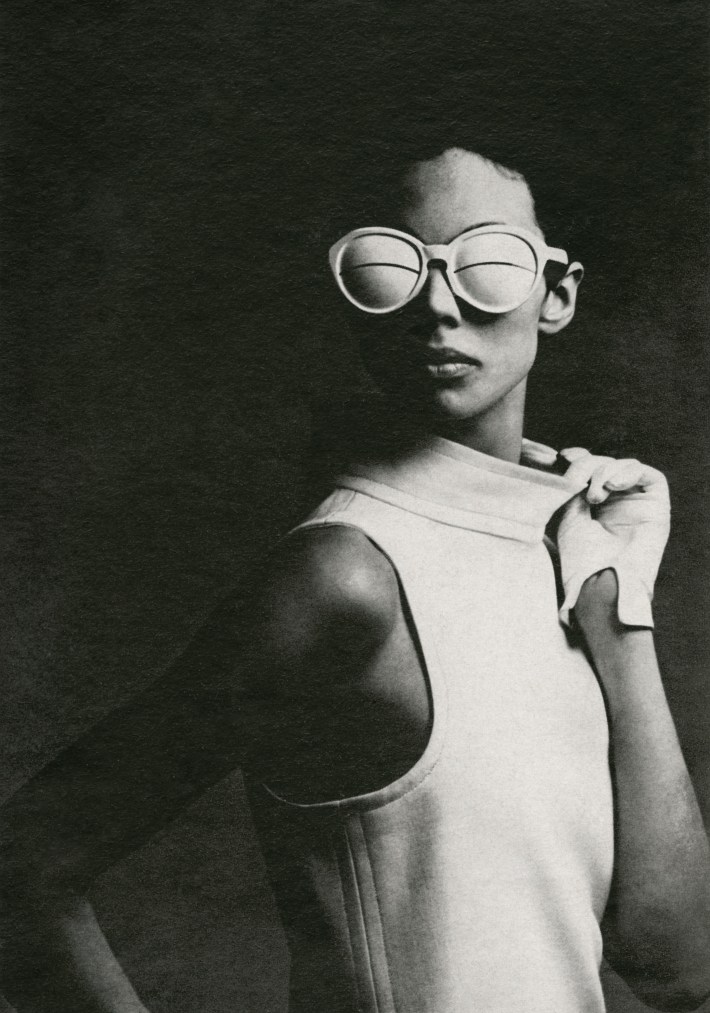
I have always been a firm believer in the inherent magic, wonder and awe of fashion–the art of dress, if you will. A dress by Alexander McQueen or Paul Poiret can move me as deeply as a painting by Odilon Redon or Casper David Freidrich. This idea that dress can and should be treated the same way as the most traditionally esteemed forms of art is at the heart of New York City’s The Museum at FIT (Fashion Institute of Technology), one of the few museums in the world dedicated exclusively to exhibiting and celebrating fashion, and the work place of Colleen Hill, Curator of Costume and Accessories, whose latest exhibition Paris Refashioned, 1957-1968 is currently on view until April 15th.
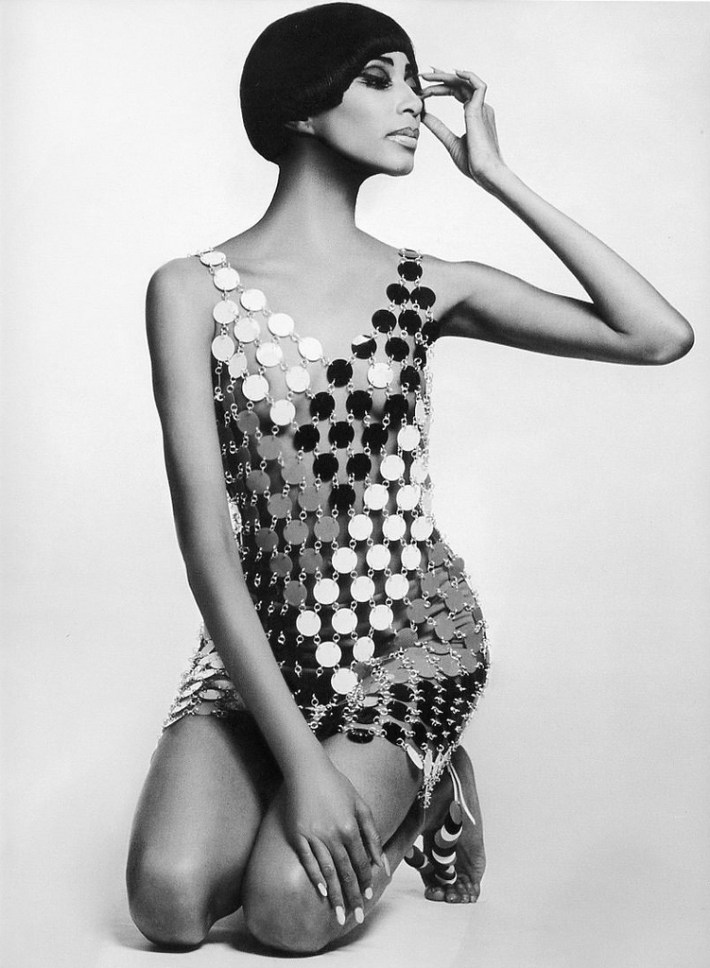
The 1960s fashion scene is perhaps best captured in one word: Youthquake! A term that immediately evokes dancing, mini-skirted teenagers was coined by Vogue editor Diana Vreeland to describe the rise of young people as fashion authorities in the 1960s. It was a period that witnessed the success of a new generation of British ready-to-wear designers who set the tone for fashion, ousting Paris from its thrown and redefining the very nature of how fashion was made, consumed and worn. A popular narrative perhaps, but one that is not entirely true as Hill reveals in her new exhibition which rightfully positions Parisian designers at the forefront of the 1960s fashion revolution, both as innovators and tastemakers in their own right. From the young ready-to-wear stylistes such as Emmanuelle Khanh and Sonia Rykiel to the upper echelons of the haute couture that included designers such as Yves Saint Laurent and André Courrèges, Paris’ contribution to the 1960s Youthquake is on full display at The Museum at FIT until April 15th.
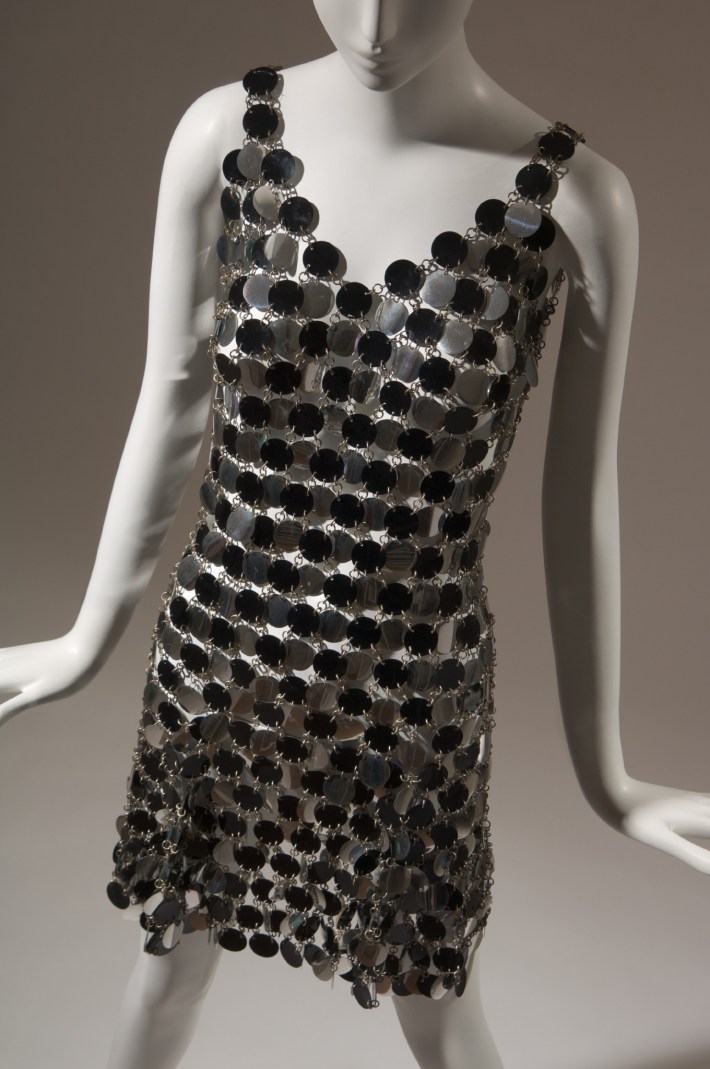
Paris Refashioned is the latest addition to the extensive resume of Hill who, with the museum’s treasure chest of over 50,000 garments and accessories at her fingertips, has authored five books on fashion in addition to curating numerous illuminating exhibitions including Exposed: a History of Lingerie (2014), Sporting Life (2011), His & Hers (2010-11), Eco-Fashion: Going Green (2010), Seduction (2008-9), and most recently, Fairy Tale Fashion (2016), my personal favorite.

I am delighted to have Hill as the latest participant in Fashion History Talks!
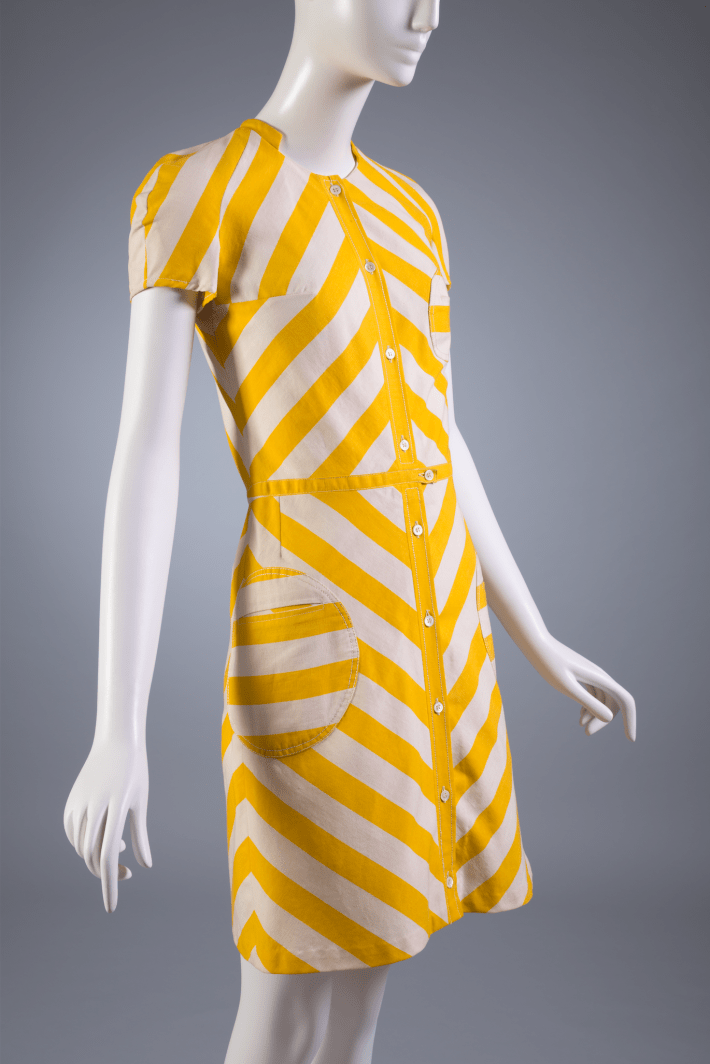
Why is the study of fashion and dress history important to you? Fashion as a means of self-expression has been important to me since childhood. As I began to study the history of fashion later in life, I became fascinated by how closely fashion relates to identity, politics, sexuality, sociology … I could go on! Fashion’s significance is much deeper than many people realize, and because fashion studies is a relatively young discipline, I find that there’s a vast number of topics that still warrant exploration.
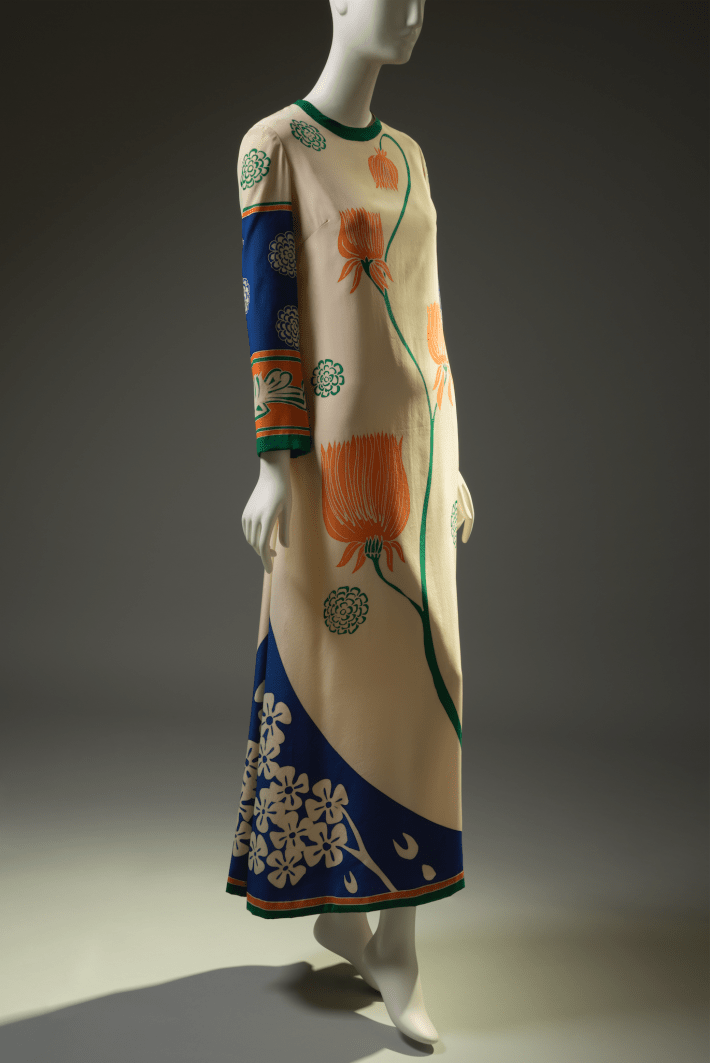
In your opinion, is fashion art? The increased presence and acceptance of fashion within museums is a clear indication of fashion’s growing status within the artistic hierarchy. Yet certain major fashion designers – such as Karl Lagerfeld and Miuccia Prada – have distanced themselves from the notion that fashion is art. Although my initial reaction as a budding fashion historian was to disagree with those designers, I’ve come to think that perhaps it doesn’t matter if fashion is art. Fashion can simply be fashion – it is beautiful, it is creative, and it is important – and I think that is enough. I don’t know that it needs to “prove itself” through designation as an art form.

Favorite fashion designer, past and present: My favorite designers for curatorial purposes tend to fluctuate regularly, depending on what project I’m working on. If I am selecting based on my personal tastes (meaning what I would want in my own wardrobe), I would select André Courrèges and Consuelo Castiglione.
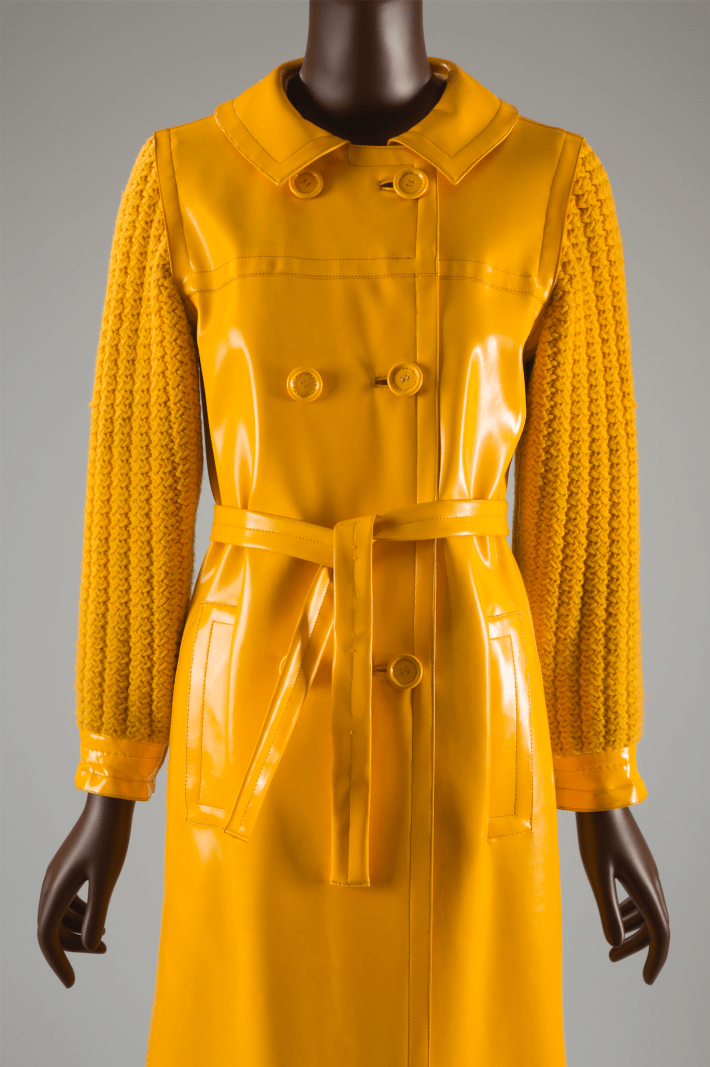
If you could recommend one fashion or dress history related book to Art of Dress followers, what would it be? Caroline Evans’s books always prove to be inspirational, especially Fashion at the Edge. I’d also like to mention Joel Lobenthal’s book Radical Rags: Fashions of the Sixties, which I discovered at my local library when I was a child. It was my first real foray into fashion history – and I still adore 1960s fashion.
The companion book to Hill’s exhibition can be purchased here.
**I had the pleasure of meeting Hill in 2012 when, as a graduate student at the Fashion Institute of Technology, I co-curated an exhibition with Tracy Jenkins entitled Youthquake! The 1960s Fashion Revolution under Hill’s direction.